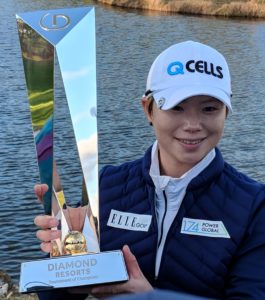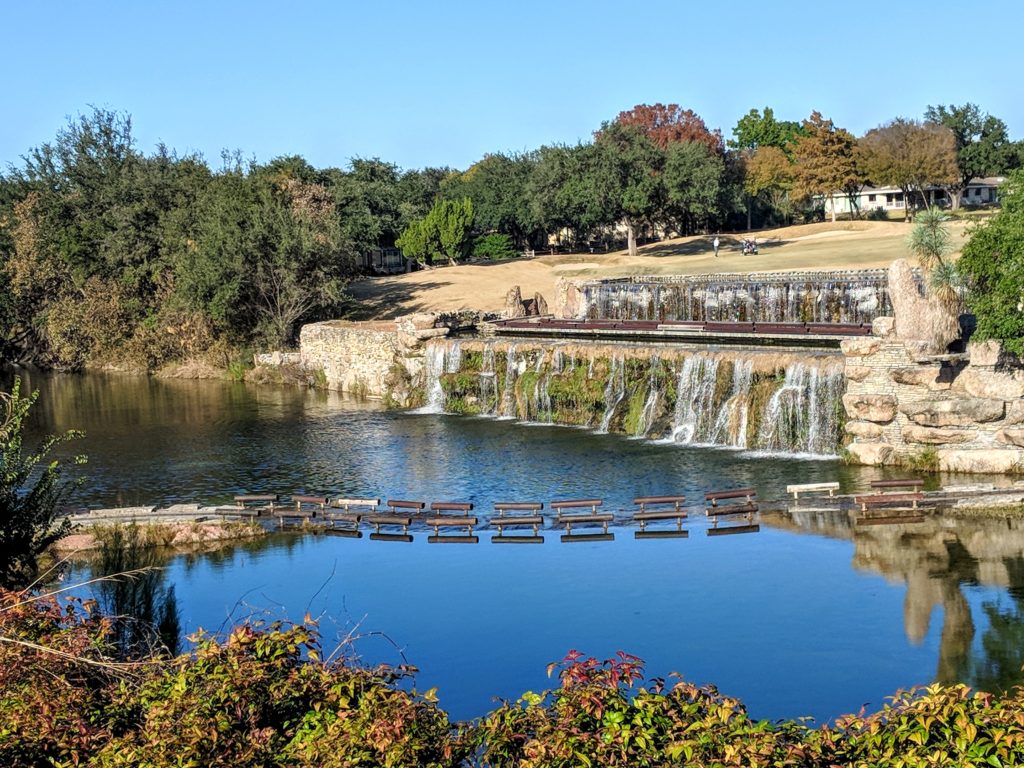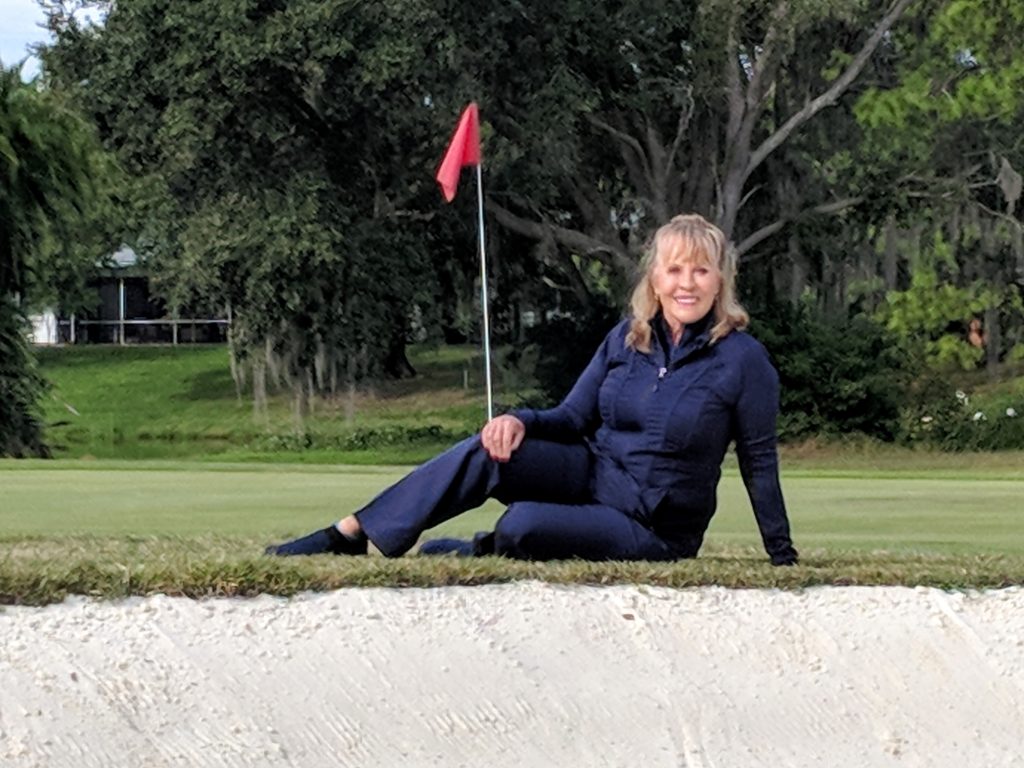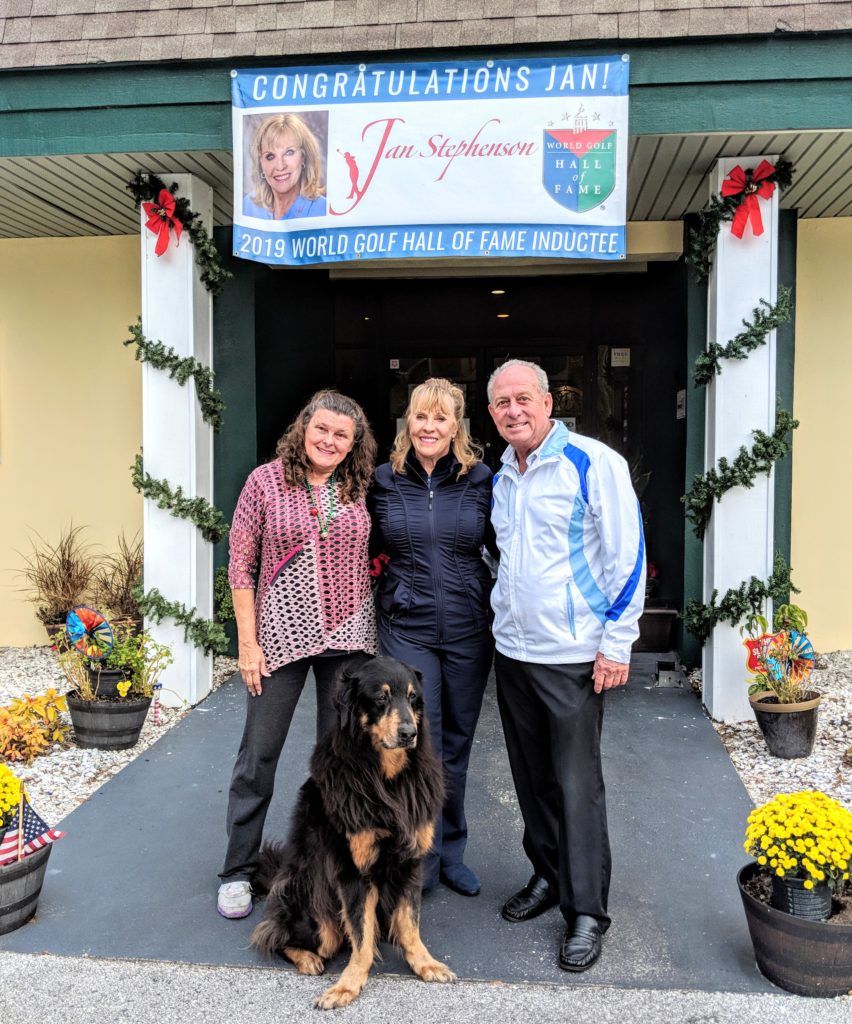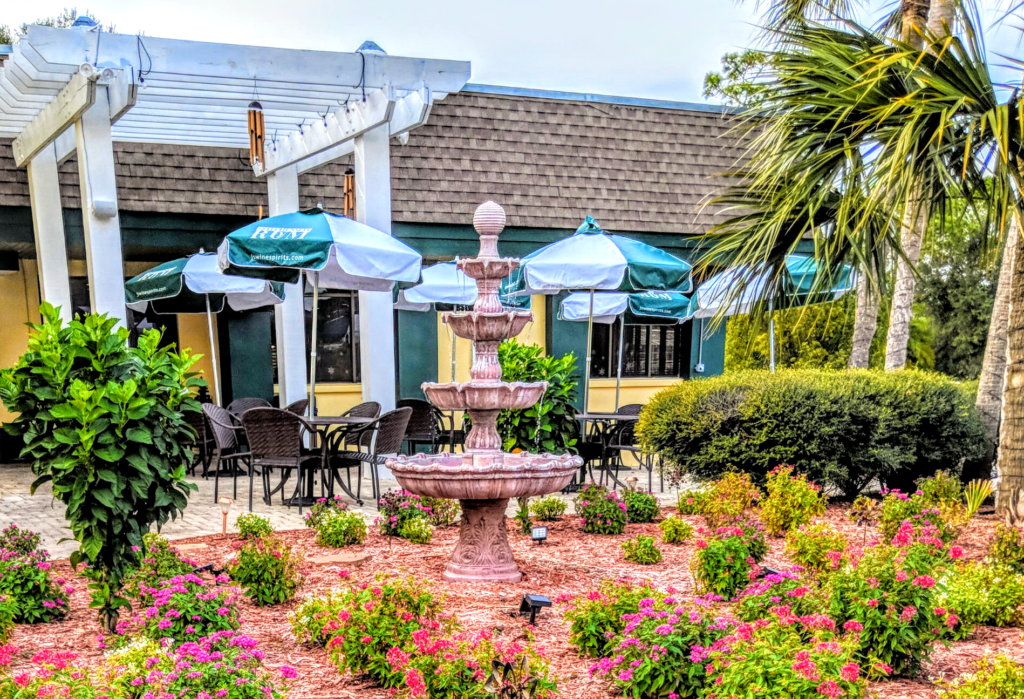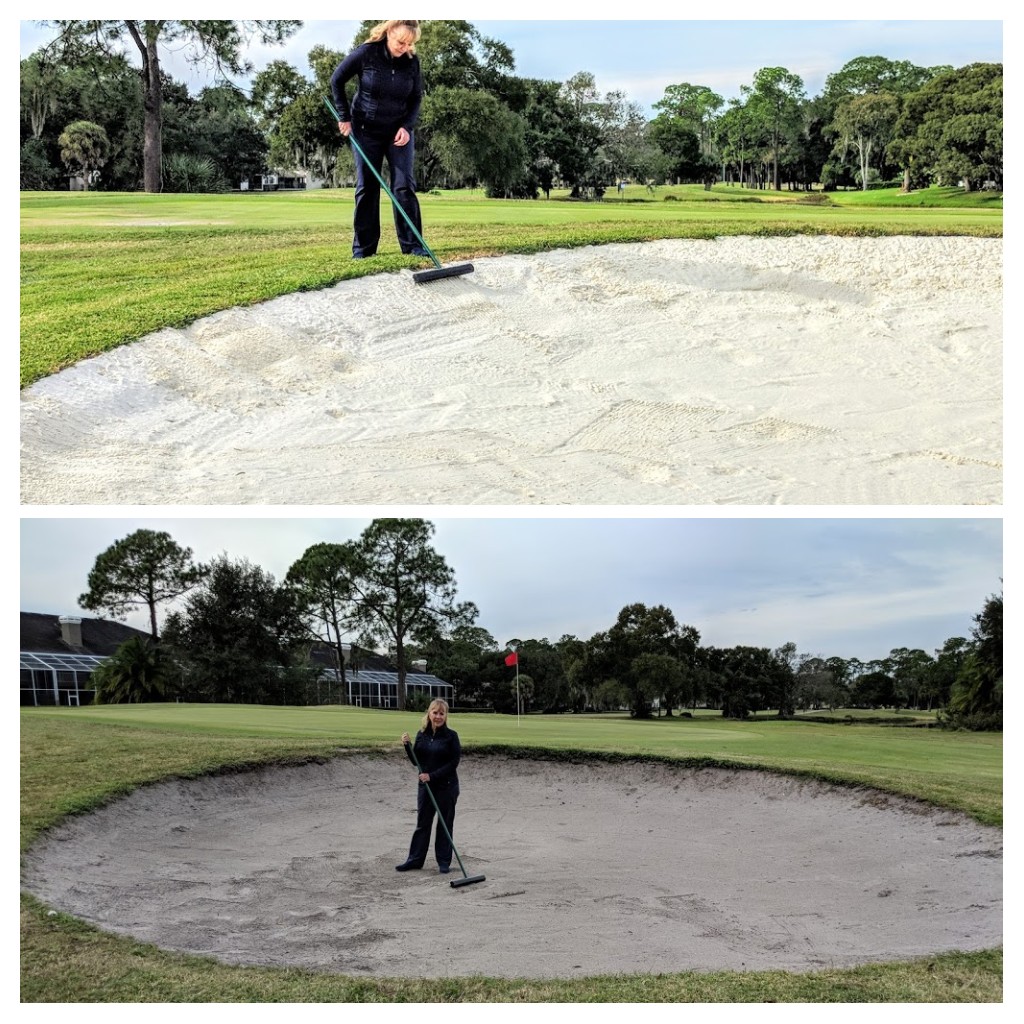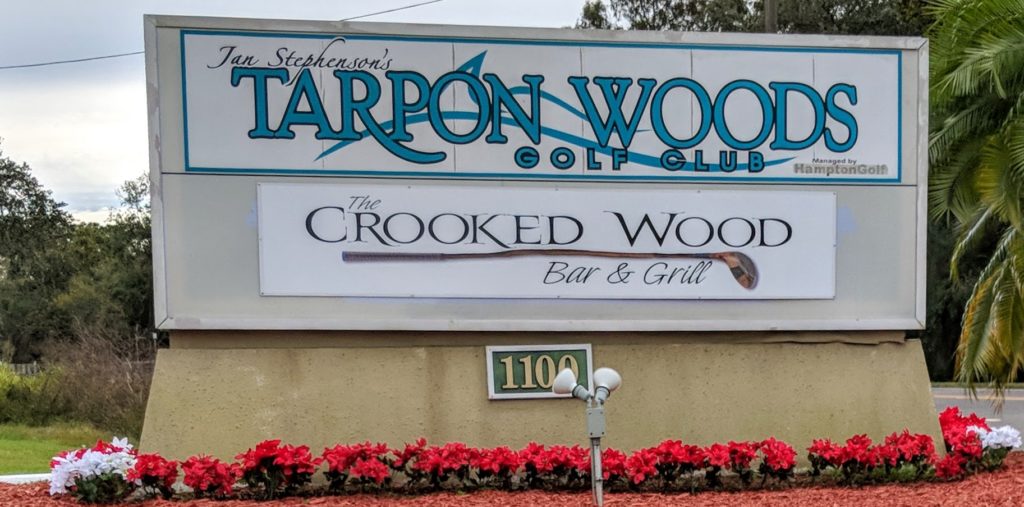LAKE BUENA VISTA, Florida – If you’re ready, willing and able to travel to satisfy your golf appetite you should meet Bill Hogan.
Having been hired in October, Hogan is early into his first year with Garmany Golf, which also made its first appearance at the biggest show in golf. Garmany — with offices in Austin, Texas; Los Angeles and Edinburgh, Scotland — is starting its 10th year as a luxury golf travel business.
“Bill might be a rookie with us, but he’s not a rookie in terms of traveling the world,’’ said Bud Garmany, the company’s founder and president.
Hogan is Garmany’s senior vice president of sales and – if experience means anything – he knows his stuff. Hogan has played golf in 60 countries. Initially that seemed a staggering number for a U.S.-based golf enthusiast, but the PGA Merchandise Show had exhibitors and visitors from 83 countries. That indicates how widespread this great game is.
“There’s a lot more than 60 countries where golf is played,’’ said Hogan. “I have at least two more on my bucket list that I haven’t played. I try to keep the number of countries above my age, so I’ve got to keep adding to my list.’’
Hogan began his serious traveling in 1981, when – as a 20-year old – he moved to Europe to attend a college in Austria.
“That started my wanderlust,’’ he said, “and when I went to graduate school in Germany that really got me going.’’
Hogan returned to the U.S. in 1988 and took a job with Wide World of Golf, based in California. In his first week there his boss asked Hogan if he had a passport. He answered in the affirmative and within a few days he was off on a 28-day trip.
“Obviously I’ve been to a lot more than 60 countries, but that started me playing golf on my travels,’’ said Hogan. “I’ve been to Australia and New Zealand about a dozen times, and I’ve been to Scotland and Ireland 50 times.’’
He’s also become a panelist for Golf Magazine’s ranking of the top 100 courses in the world.
“It gets in your blood,’’ he said. `I love experiencing these kinds of things. The great thing about golf is there’s a chemistry around the world. You meet people, and they know somebody, so you’re only two- or three- degrees of separation from any golfer around the world. That’s a special treat.’’
Bud Garmany, the company’s founder, evolved into the golf travel world more slowly that Hogan did.
“I grew up in East Nashville, Tenn., a tough neighborhood,’’ he said. “If you wore golf clothes there you got beat up.’’
Garmany opted for work in the solar energy business in California. He stayed there for 14 years, until he reached his mid-40s. Then he decided to look for something more fulfilling.
“I went to Scotland by myself, without an agenda,’’ he said. “My family thought I was having a mid-life crisis. I immediately had a love affair with golf, and I saved the last five days of the trip for St. Andrews – the soul of the game. Then I knew that I’d do something in golf for the rest of my life.’’
After returning to California he contemplated his golf options with a friend, who suggested entering the golf travel business.
“It was one of the worst times in the world to start a luxury golf travel business,’’ said Garmany, but he did it anyway.
In preparing for the PGA Merchandise Show Garmany and Hogan developed a Hot List for golf travel destinations in 2019. Only one U.S. destination – Wisconsin – was on it.
“You can fly to Milwaukee, stay six days and play a Ryder Cup and PGA Championship course (Whistling Straits), A U.S. Women’s Open course (Blackwolf Run) and a U.S. Open course (Erin Hills). There’s also a fine new resort (Sand Valley).’’ Said Hogan. “We’ve been looking for new places that people aren’t talking about, and people might overlook Wisconsin.’’
If they’re from America, though, they would be more likely to overlook other golf destinations on the Garmany list – places like Vietnam, South Africa, France, New Zealand, Dubai and Abu Dhabi. The list also includes Northwest Ireland, Melbourne, Australia and Tasmania and South Korea.
Hogan’s bucket list for his own new travel destinations include Qatar, Laos and Cambodia.
“In Qatar they’ve built some zillion-dollar courses that not many people know about, ‘said Hogan, “but they’re off the charts. In Laos and Cambodia they’re building an infrastructure to go after the North American market. You can fly to some of these places and stay for 10 days for about half of what it’d cost to go to Ireland. You may need an adventuresome spirit to go there but the value is tremendous and the quality resorts are absolutely gorgeous.’’
HERE IS GARMANY LIST OF HOT DESTINATIONS IN THE ORDER THEY LISTED. I’VE TRIMMED BACK THEIR DESCRIPTIONS OF EACH.
VIETNAM – Vietnam takes your breath away with its beauty, history, culture and great courses. Hoiana Shores and Greg Norman’s newly-opened Kam Ranh are special.
NORTHWEST IRELAND – It’s hard to match the rumpled topography of Balllyliffin’s two courses and County Sligo, Carne, and Enniscrone are unforgettable.
WISCONSIN – Sand Valley’s two courses — the latest’s David McLay Kidd’s Mammoth Dunes – fit right in to the golf explosion that has swept through this Midwestern state in the last two decades.
FRANCE — Le Golf National, site of last year’s Ryder Cup, is just the beginning of a golf boom here. There are six world-class courses within driving distance of Paris.
SOUTH AFRICA – Links at Fancourt, Leopard Creek, St. Francis Links and Pearl Valley Golf Estate (one of Jack Nicklaus’ best designs) mix well with this country’s safari parks.
NEW ZEALAND – Heart-stopping Kauri Cliffs and Tom Doak’s cliff-top Cape Kidnappers are must-play courses in this country with a rich golf history.
DUBAI AND ABU DHABI – Yaz Links, which looks like Scotland’s Kingsbarns without the water, might be the best golf experience between the United Kingdom and Australia.
AUSTRALIA (MELBOURNE) AND TASMANIA – There may not be a better concentration of great courses anywhere in the world than around Melbourne. Kingston Heath, Metropolitan, Victoria, Yarra Yarra and Huntingdale are just some of them.
SOUTH KOREA – China and Japan may have had more attention from golfers in Asia, but Korea’s courses (particularly Nine Bridges and Whistling Rock) are incredible.

